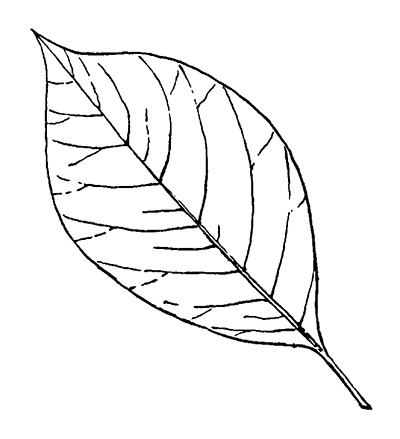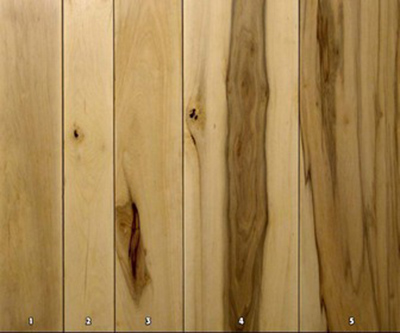Intro to Trees of Indiana: Black Gum
The classic and trusted book "Fifty Common Trees of Indiana" by T.E. Shaw was published in 1956 as a user-friendly guide to local species. Nearly 70 years later, the publication has been updated through a joint effort by the Purdue Department of Forestry and Natural Resources, Indiana 4-H, and the Indiana Department of Natural Resources, and reintroduced as "An Introduction to Trees of Indiana."
A printed copy of the full publication is available for purchase for $7 in the Purdue Extension Education Store. The field guide helps identify common Indiana woodlot trees.
Each week, the Intro to Trees of Indiana web series will offer a sneak peek at one species from the book, paired with an ID That Tree video from Purdue Extension forester Lenny Farlee to help visualize each species as it stands in the woods. Threats to species health as well as also insight into the wood provided by the species, will be provided through additional resources as well as the Hardwoods of the Central Midwest exhibit of the Purdue Arboretum, if available.
 This week, we introduce the black gum or Nyssa sylvatica.
This week, we introduce the black gum or Nyssa sylvatica.
The black gum, also known as bee gum, sour gum, black tupelo or pepperidge, has glossy, green oblong leaves broader at the tip that at the base. The alternately held leaves are often found in clusters at the tips of the branches, which grow out of the trunk at nearly 90-degree angles. The bark, which can range from light gray to a dark grayish brown, resembles alligator hide or in some case features long running ridges.
Black gum produces a small dark-blue berry-like fruit which ripen in late September and are favored by birds. In the fall, this species also puts on quite a show with its striking red/maroon leaves, which begin to change in mid-September.
Black gum is a medium-sized tree that is found on moist, well-drained soils, but also grows on dry upland sites. This species can be found from southern Maine to nearly the tip of Florida. It also ranges from east Texas north across Missouri, southern Illinois, nearly all of Indiana and to central Michigan and back east, except in the lower Mississippi River bottom.
 According to Morton Arboretum, the black gum grows to between 30 and 50 feet tall.
According to Morton Arboretum, the black gum grows to between 30 and 50 feet tall.
Black gum is utilized to make concealed parts of furniture, veneer for containers, plywood, pulp, railroad ties and lumber for boxes, crates and pallets. It also is commonly used for carving due to its ability to take finer details, hold paint better and not fuzz up. It has a 12 percent moisture content and weighs 34.9 pounds per cubic foot.
Historically, the hollow trunks of black gum were used for bee hives. Compared with other tupelo species, black gum trees are highly favored by honey producers for creating a light and mild-tasting honey.
Other Resources:
Black Gum in Hardwoods of the Midwest
Black Gum in the Hardwood Lumber and Veneer Series
Black Gum/Tupelo, Native Trees of Indiana River Walk, Purdue Fort Wayne
Black Gum & Tupelo, Purdue Arboretum Explorer
Purdue Plant Doctor
Native Trees of the Midwest
Shrubs and Woody Vines of Indiana and the Midwest
ID That Tree YouTube playlist
Woodland Management Moment YouTube playlist
Investing in Indiana Woodlands
Forest Improvement Handbook






